A tour of Catalonia’s centres of sparkling wine production is an unbeatable way to immerse yourself in the effervescent lifestyle of the region. Sarah Jane Evans MW is our guide...
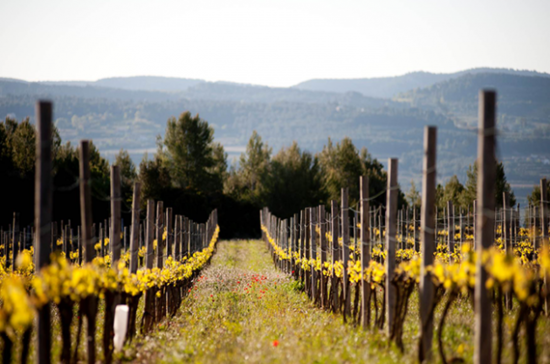
Planted area 33,325ha of vineyards
Main grapes Macabeo (11,718.38ha), then Xarel.lo and Parellada
Production 242,288,000 bottles
Producers 244 cava; 159 base wine cellars
Ageing Cava is minimum nine months old; Reserva minimum 15 months old; Gran Reserva minimum 30 months old
Residual sugar Brut Nature 0-3g/l Extra Brut 0-6g/l Brut 0-12 g/l
Every wine lover needs to pay homage at cava’s capital, Sant Sadurní d’Anoia, in September. That’s when the town celebrates the 19th-century defeat of phylloxera, which has ravaged vineyards worldwide. People dress up as the infamous, goggle-eyed louse to parade through the streets. The festival tells the story of the rise and defeat of phylloxera, and in the process 4,000 firecrackers are set off and 150 corks popped.
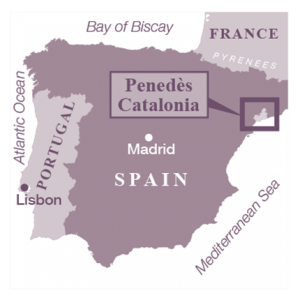
Can’t make September? No worries. The Catalans know how to celebrate year round. In November, the Most (‘Must’ or unfermented grape juice) Festival features films about wine and cava. More traditional is the April festival of the vibrant Catalan folk dance, the sardana. Unlike many, this is still a popular dance, not just one that’s wheeled out for visitors.
Through the spring and summer, be sure to catch the astonishing castells. These are human towers, up to nine or 10 persons high, with people standing on each other’s shoulders, which have been recognised by UNESCO as an Intangible Cultural Heritage of Humanity. The castells, like the sardanas, are popular expressions of firmly held Catalan nationality. Finally, on the first weekend of October, there’s Cavatast in Sant Sadurní d’Anoia, a festival of cava, with wine and food tasting. There’s plenty more to enjoy, all on the www.enoturismepenedes.cat website.
Of course, there’s no such place as cava. It’s the only Spanish denomination not to have its own geographical home. Cava is produced in as many as 159 towns and villages across the country, including in Valencia, La Rioja and Extremadura, as well as Catalonia. However, the vast majority of cava is made in Catalonia. So when talking about holidaying in cava country, that does mean Catalonia, and specifically the region of Penedès.
It’s worth adding here that there are several fine producers who have chosen to opt out of the DO. You will find their wines branded as Clàssic Penedès – such as Albet i Noya, Colet, Loxarel, Mas Bertran – while Raventos i Blanc has created the DO of Conca del Riu Anoia. Don’t forget them when planning your visit.
Read on the next page:
Translated by Leo / 孔祥鑫
All rights reserved by Future plc. No part of this publication may be reproduced, distributed or transmitted in any form or by any means without the prior written permission of Decanter.
Only Official Media Partners (see About us) of DecanterChina.com may republish part of the content from the site without prior permission under strict Terms & Conditions. Contact china@decanter.com to learn about how to become an Official Media Partner of DecanterChina.com.


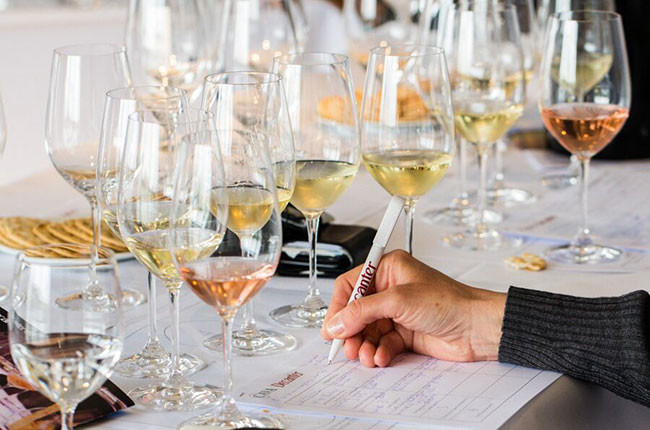
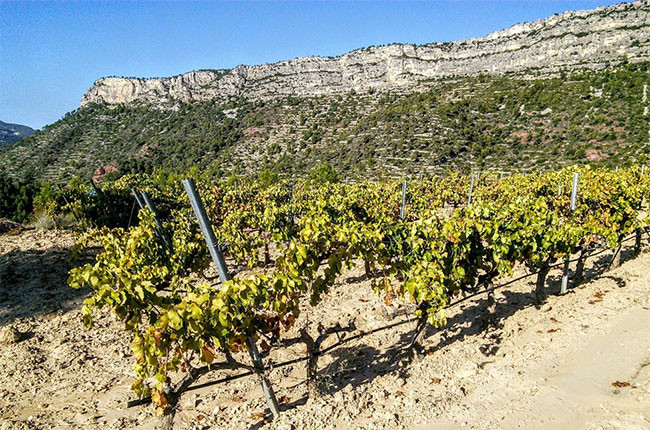

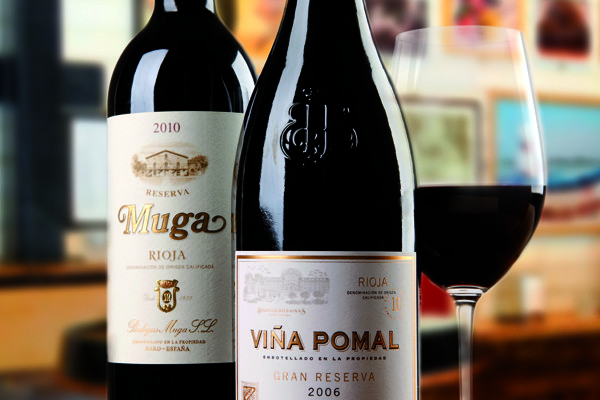


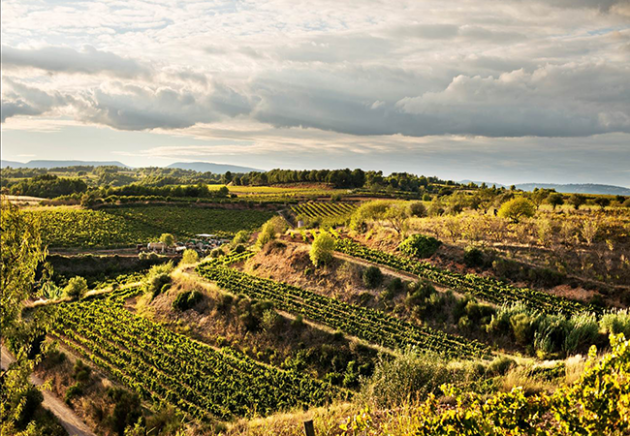
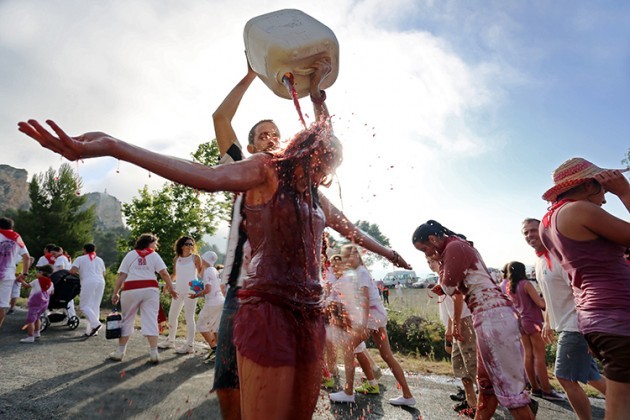
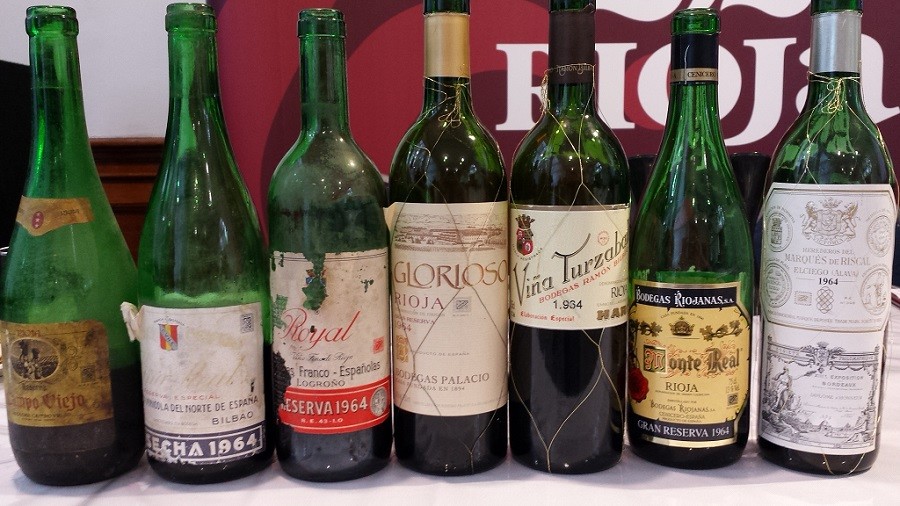
Comments
Submit